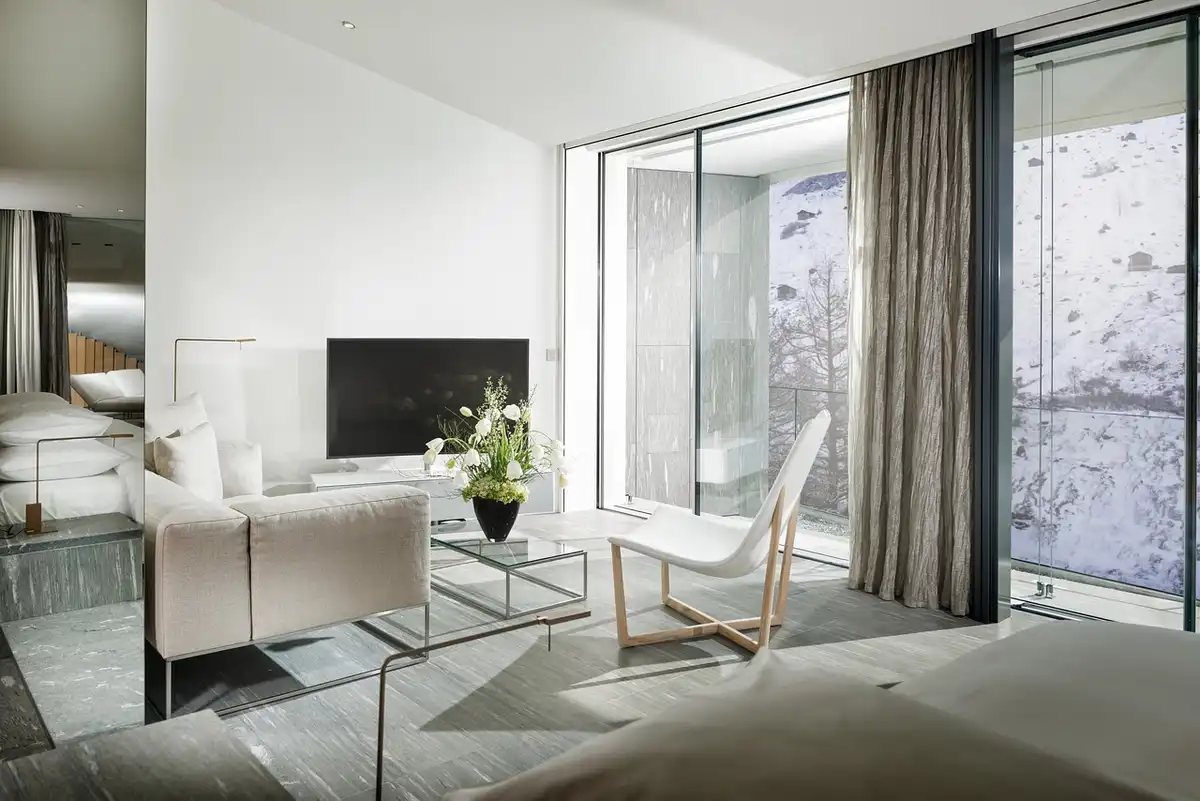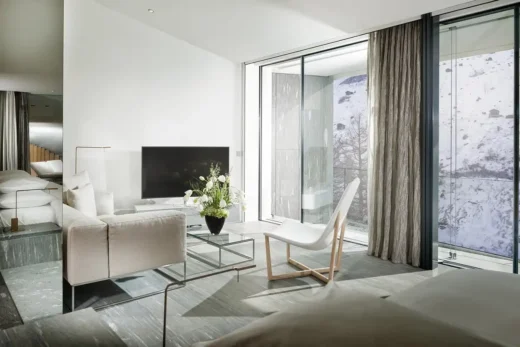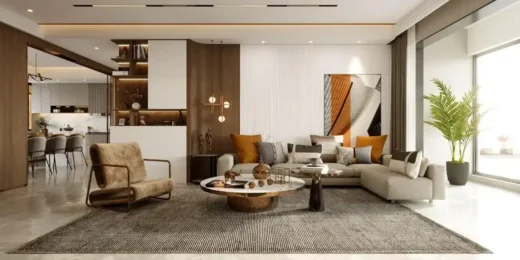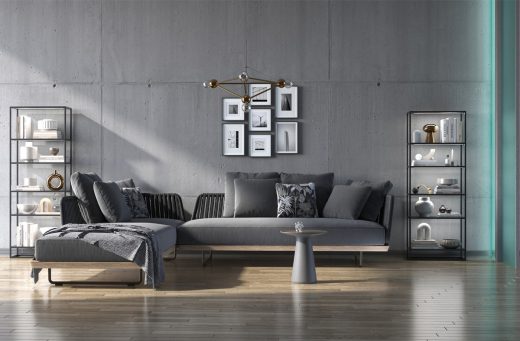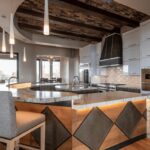Epoxy resin furniture in modern architectural interiors, Home table design, House countertop style
The Role of Epoxy Resin Furniture in Modern Architectural Interiors
23 June 2025
In today’s architecture, furniture isn’t just something you drop into a finished room. It’s part of the whole story. It helps shape how a space feels and functions. One material that’s been turning heads in design circles is epoxy resin. It blends natural beauty with modern flair, adding something fresh—and surprisingly emotional—to architectural interiors.
This article looks at how epoxy resin furniture enhances modern spaces by connecting structure with character, clean lines with creative spirit.
More Than Just Furniture
Architects today favor open spaces, simple materials, and a sense of calm. But once the layout is complete, there’s still a need for warmth and personality. That’s where epoxy resin furniture fits in perfectly. It’s part sculpture, part surface—functional, but also expressive.
Design lovers and homeowners are finding inspiration in places like thunderwood.studio, where furniture is created not just to fill space, but to respond to it. These pieces feel like they belong in the room from the beginning—not like something added later.
Let the Space Lead the Design
Resin furniture has a unique way of adapting to its surroundings. A table might echo the shape of a staircase. A countertop may reflect the lines of a window frame. With resin, designers can create furniture that flows with a room’s rhythm instead of fighting it.
The material itself is flexible—literally and artistically. It combines beautifully with wood, metal, or stone, letting designers play with contrast, texture, and form. It becomes more than just furniture—it’s part of the room’s architecture.
Custom Pieces for Custom Spaces
Mass-produced furniture doesn’t always respect the work architects put into a space. When everything is carefully chosen—lighting, finishes, materials—standard furniture can feel out of place. That’s why custom epoxy resin pieces are such a good fit.
They can be made to match exact tones or shapes already found in the architecture. A dining table might follow the line of the floorboards. A desk might match the wood of the beams above. It’s about continuing the architectural story, not interrupting it.
And resin isn’t just about looks. It can hide lighting, hold built-in charging pads, or create illusions of weightlessness. That mix of beauty and function is exactly what today’s interiors need.
A Material for Contrast and Balance
Architecture often plays with opposites—old and new, light and dark, rough and smooth. Epoxy resin is a dream for this kind of contrast. A live-edge wood slab paired with clear resin brings nature and modernity into one piece.
It also adds something tactile and grounded. In a space full of tech and automation, a resin piece brings you back to the basics: texture, shape, and imperfection. It helps a space feel more alive.
Even in professional settings—like offices, lobbies, or cafes—resin adds softness without losing edge.
Playing with Light
Light is a big deal in architecture. It changes how we feel in a room. And resin furniture loves light. It catches, reflects, and glows in different ways depending on the time of day and the type of lighting.
A resin coffee table might cast watery shadows in the afternoon sun, or glow amber in the evening. Some designs even have smart lighting built in—offering a warm under-glow or subtle highlights that change with the room.
These pieces move with the day. They shift, adapt, and change mood—just like a good building does.
One Material, Many Styles
In homes with very few things, one piece of resin can be the main sculpture. Resin looks great with flowing lines and natural materials in softer, more organic spaces.
Even brutalist environments with a lot of concrete and harsh corners seem better with soft plastic shapes. Also, a resin item built from recycled wood can easily connect traditional and modern styles in older homes.
Whatever the space, resin can adapt. It can be bold or subtle, light or dark, flowing or geometric. That makes it incredibly useful for architects and designers.
Shapes That Make You Feel Something
Architecture isn’t just about layout—it’s about emotion. Great design stirs something in us. Resin furniture can do that too.
A smooth curve where you expect a straight edge.A splash of color in an environment that is serene and neutral. A table that glows softly in dim light. These maneuvers aren’t loud, but they’ll stick with you. They change the mood of a room.
Even flaws, like a knot in the wood or a swirl in the resin, add to the appeal. These pieces tell you to take your time and pay attention.
Wrapping It Up: Furniture That Fits the Story
Architecture conveys a tale about how we live, the light, the space, and the materials we use. Epoxy resin furniture is a calm, confident component of its tale. It fits in with the room instead of fighting with it.
When used wisely, it gives things life, texture, and personality. It makes the room feel planned, like everything fits, from the rafters to the bench.
Check out these resin table ideas that are made to fit the area, not just sit in it. If you want rooms that feel whole, connected, and unique, these are great options.
Comments on this guide to Epoxy resin furniture in modern architectural interiors article are welcome.
Furniture
Furniture Articles
Choosing the right restaurant furniture
How to select living room curtains?
Building Design
Decorate your fireplace and living room
Comments / photos for the Epoxy resin furniture in modern architectural interiors page welcome.

